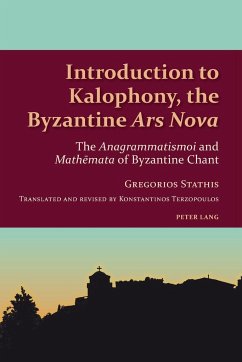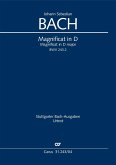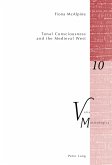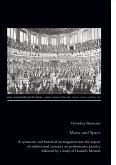The anagrams, or more generally, the math mata and morphologically related kalophonic forms of Byzantine melopoeïa, constitute the artistic creations by which Psaltic Art is known in all its splendour and becomes an object of admiration. Kalophony as ars nova was born following the recovery of the city of Constantinople after the Latin occupation of Byzantium (AD 1204-1261) during the long reign of Andronicus II (1282-1328) and reached its final form in the first half of the fourteenth century. During the years 1300-1350, four key composers and teachers of the Psaltic Art imposed a new attitude of melic composition on the preexisting forms and designated new compositional techniques dominated by the beautifying kallopistic element. They created new compositions in the new spirit of kall pismos and musical verbosity. This new musical creation was christened with the term kalophony and this period is the golden age of Byzantine Chant.
Originally published under the title Hoi anagrammatismoi kai ta mathemata tes byzantines melopoiïas (1979 plus seven reprints), this publication thoroughly investigates and reveals for the first time the entire magnitude of Byzantine kalophony with its individual forms, serving as a systematic introduction to the Greek Byzantine music culture and that of the Byzantine Psaltic Art at the height of its expression.
Originally published under the title Hoi anagrammatismoi kai ta mathemata tes byzantines melopoiïas (1979 plus seven reprints), this publication thoroughly investigates and reveals for the first time the entire magnitude of Byzantine kalophony with its individual forms, serving as a systematic introduction to the Greek Byzantine music culture and that of the Byzantine Psaltic Art at the height of its expression.








